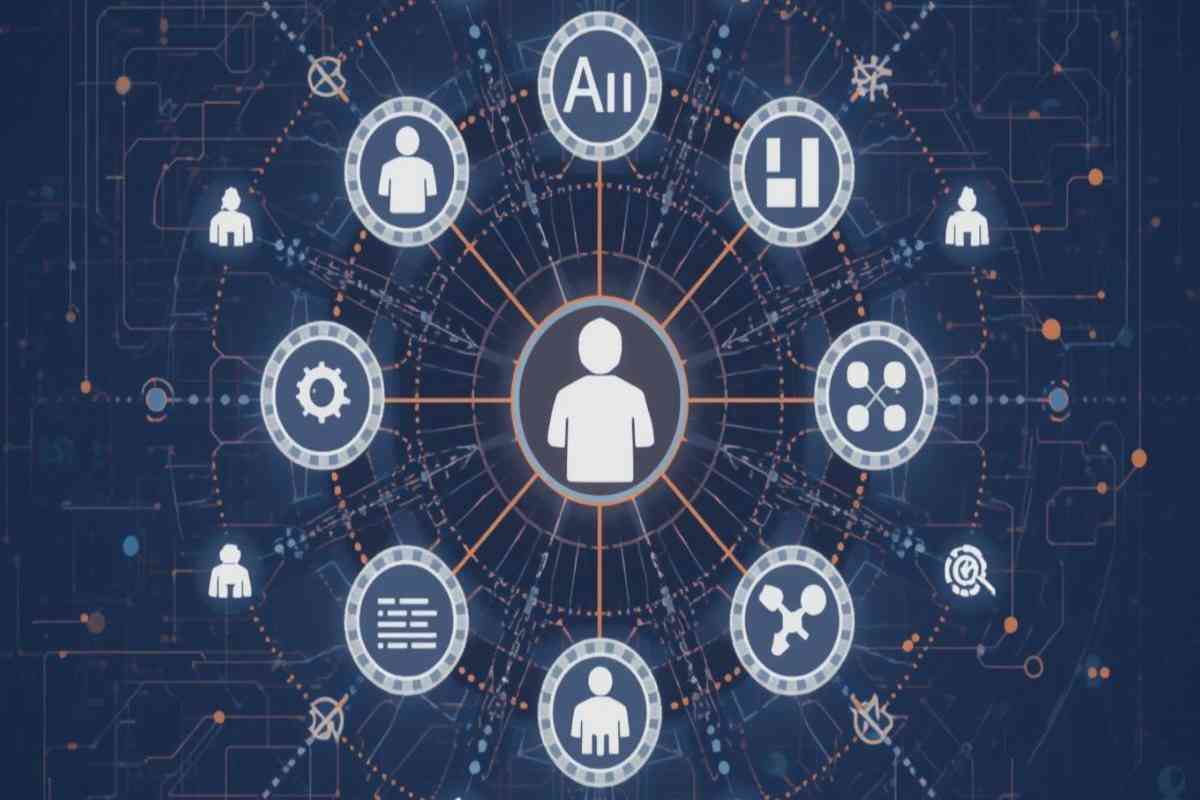
Generative AI, known for its ability to create content, has significantly impacted various industries. However, its influence on security—both positive and negative—warrants close examination. From enhancing security measures to introducing new threats, generative AI is reshaping the security landscape in profound ways.
Detail About How has generative ai affected security:
1. Improved Threat Detection
Generative AI enhances threat detection capabilities by analyzing patterns in vast datasets. AI models can simulate potential attack scenarios, helping security teams anticipate and mitigate threats before they materialize.
- Anomaly Detection: AI can identify unusual patterns in network traffic, indicating potential cyber threats.
- Behavioral Analysis: By learning normal user behavior, AI can detect deviations that suggest compromised accounts or insider threats.
2. Automated Security Processes
Generative AI automates routine security tasks, improving efficiency and accuracy. Automation reduces the workload on security teams, allowing them to focus on more complex issues.
- Incident Response: AI-driven systems can automatically respond to certain types of security incidents, such as isolating infected devices.
- Vulnerability Management: AI can scan and identify vulnerabilities in systems, recommending or applying patches as needed.
3. Enhanced Biometric Security
Generative AI improves biometric security systems by generating high-fidelity synthetic data to train models. This leads to more accurate and reliable authentication methods.
- Facial Recognition: AI enhances facial recognition systems, making them more robust against spoofing attempts.
- Voice Recognition: AI-generated data improves voice recognition systems, ensuring more secure access controls.
New Security Threats Introduced by Generative AI
1. Deepfake Technology
Generative AI can create highly realistic deepfakes—synthetic media where a person’s likeness is replaced with someone else’s. While this technology has legitimate uses, it also poses significant security risks.
- Fraud and Impersonation: Deepfakes can be used to impersonate individuals, leading to identity theft and financial fraud.
- Misinformation: Deepfakes can spread false information, potentially impacting public opinion and causing social unrest.
2. Advanced Phishing Attacks
AI-generated content can be used to craft highly convincing phishing emails. These emails mimic legitimate communication, increasing the likelihood of users falling victim to phishing schemes.
- Email Spoofing: AI can generate emails that closely resemble those from trusted sources, tricking users into revealing sensitive information.
- Social Engineering: AI can analyze social media and other data to create personalized phishing attacks that are harder to detect.
3. AI-Powered Malware
Generative AI can create sophisticated malware capable of evading traditional security defenses. AI-powered malware can adapt and learn, making it more difficult to detect and neutralize.
- Polymorphic Malware: AI can generate malware that constantly changes its code, evading signature-based detection methods.
- Adaptive Threats: AI-driven malware can learn from its environment, adjusting its behavior to avoid detection.
Mitigating the Risks
To harness the benefits of generative AI while mitigating its risks, organizations must adopt a proactive and multi-layered security approach.
- Advanced Threat Intelligence: Implement AI-driven threat intelligence systems that can anticipate and respond to emerging threats.
- Robust Authentication Mechanisms: Use multi-factor authentication and biometric security enhanced by AI to protect sensitive systems.
- Continuous Monitoring and Training: Regularly update AI models with new data and ensure continuous monitoring to detect and respond to evolving threats.
- Public Awareness: Educate the public and employees about the risks of deepfakes and AI-powered phishing to improve vigilance.
Conclusion
Generative AI significantly impacts security, offering powerful tools to enhance threat detection and automate security processes. In above content we can see that how has generative ai affected security? However, it also introduces new threats, such as deepfakes and advanced phishing attacks. By understanding and addressing these risks, organizations can leverage generative AI to bolster their security posture while protecting against emerging threats. As generative AI continues to evolve, staying ahead of its implications is crucial for maintaining robust security in the digital age.


